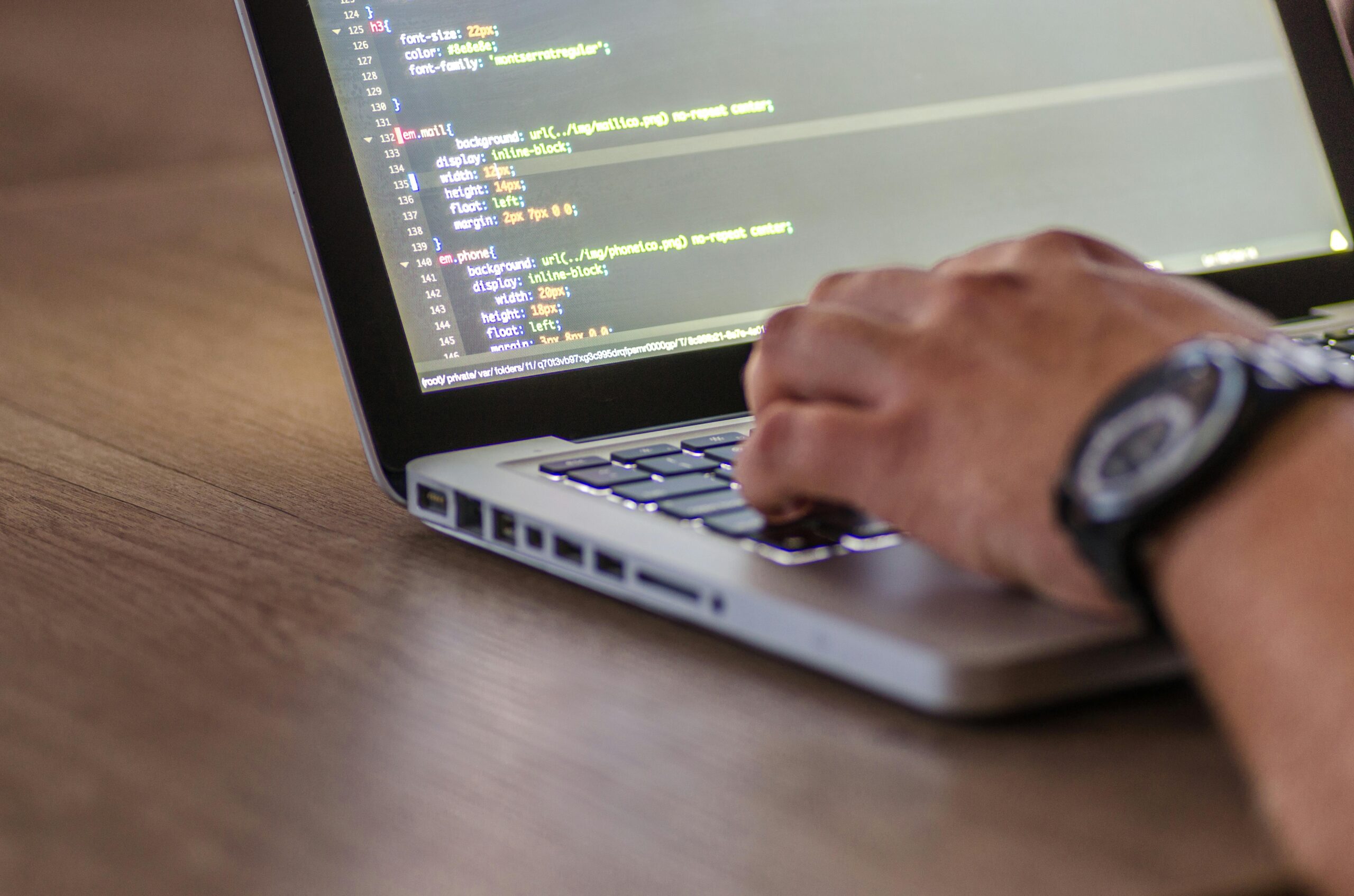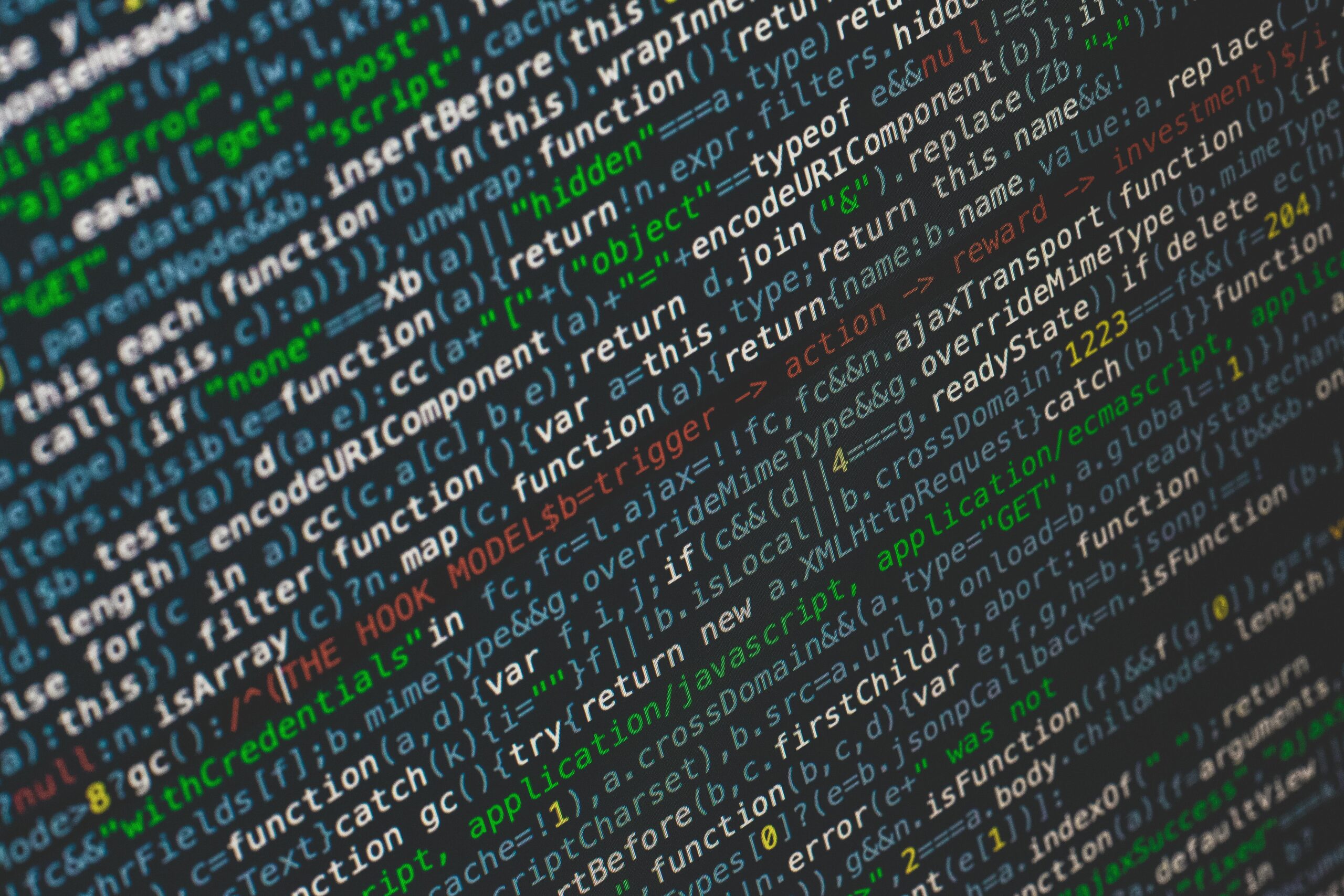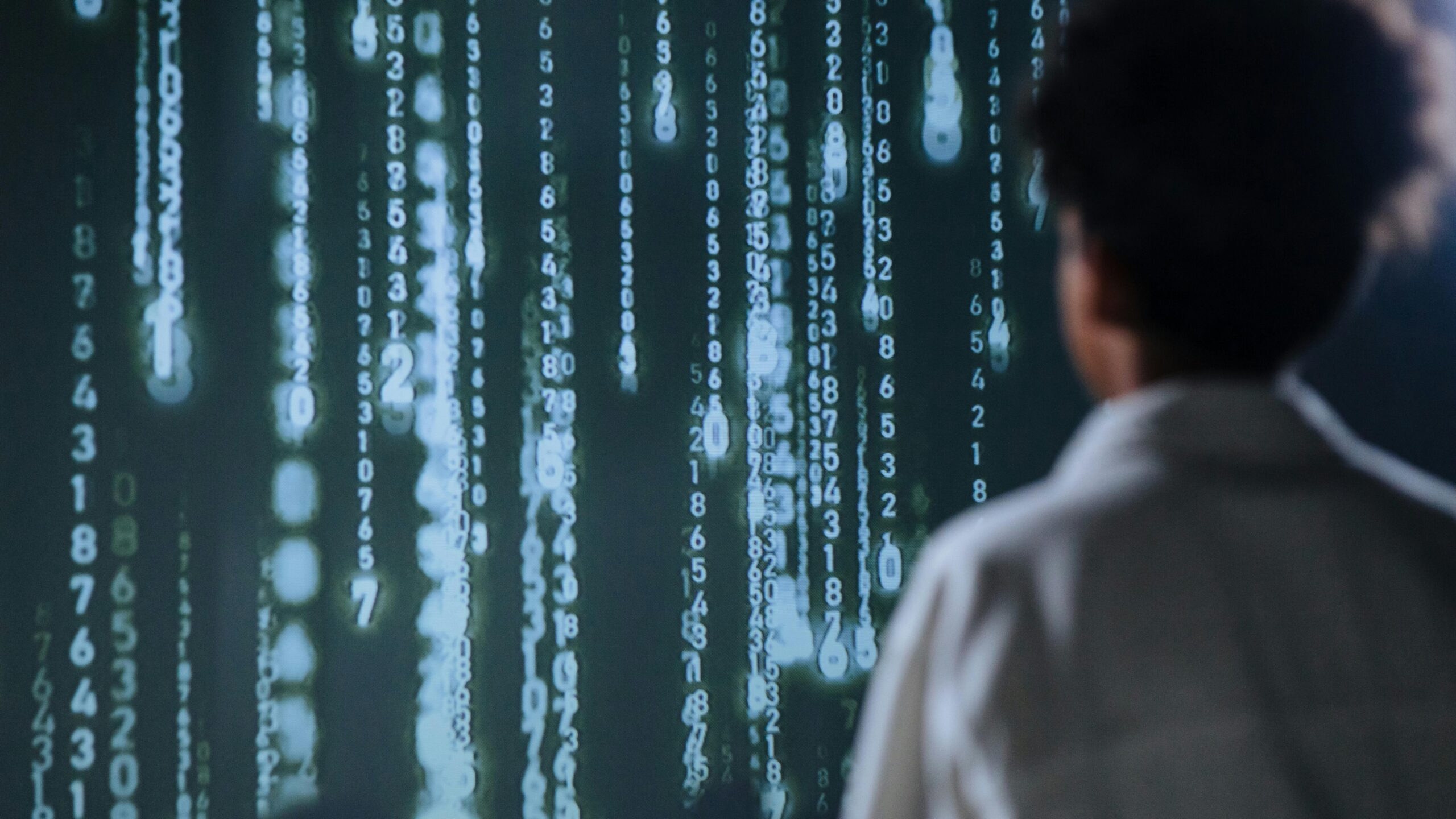
Overview
Software & AI
The software and artificial intelligence (AI) industries thrive on innovation, where intellectual property (IP) protection is crucial for safeguarding cutting-edge technologies and securing investments in research and development. Patents, trade secrets, copyrights, and trademarks form the backbone of IP strategies, enabling companies to maintain competitive advantages, protect proprietary algorithms, and foster collaboration and licensing opportunities. A robust IP strategy is essential for market differentiation and driving technological advancements.
Technology Areas
Software Development
Enterprise software, mobile applications, cloud-based solutions
Machine Learning & AI Algorithms
Deep learning, neural networks, reinforcement learning
Natural Language Processing
Chatbots, language models, sentiment analysis
Data Analytics & Big Data
Predictive analytics, data visualization, AI-driven insights
Cybersecurity
AI-based threat detection, encryption, secure software frameworks
Computer Vision
Image recognition, object detection, augmented reality

Industry Insight
Industry Landscape
The software and AI sectors are characterized by rapid innovation cycles, high development costs, and intense global competition. Intellectual property protection is critical to recouping R&D investments, securing market leadership, and enabling strategic partnerships.
Key challenges include navigating patent eligibility for software and AI algorithms, protecting open-source contributions, managing licensing complexities, and complying with international IP frameworks. As AI-driven solutions, cloud computing, and cybersecurity advance, companies must adopt integrated IP strategies to safeguard innovations from development to deployment.
Types of IP Protection
Patents
Algorithm & Method Patents: Protect novel AI algorithms, processing methods, and software workflows.
System Patents: Cover integrated software-hardware systems and AI-driven architectures.
Use Patents: Protect specific applications of AI, such as predictive analytics or autonomous systems.
UI/UX Patents: Cover innovative user interfaces and interaction designs.
Copyrights
Protect source code, software documentation, and user interfaces. Widely used for proprietary and open-source software.
Trademarks
Protect brand names, logos, and product identities for software and AI services.
Trade Secrets
Safeguard proprietary algorithms, training datasets, and development processes not disclosed publicly.
Industrial Designs
Apply to unique hardware designs for AI-enabled devices or user interface aesthetics.
IP Challenges in Software & AI


